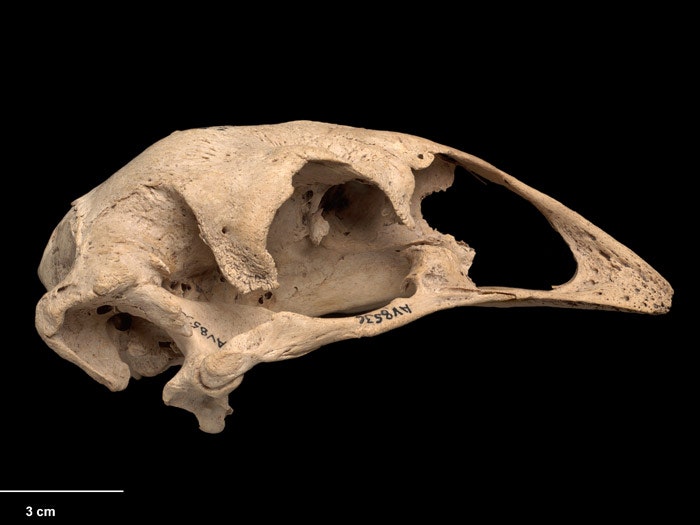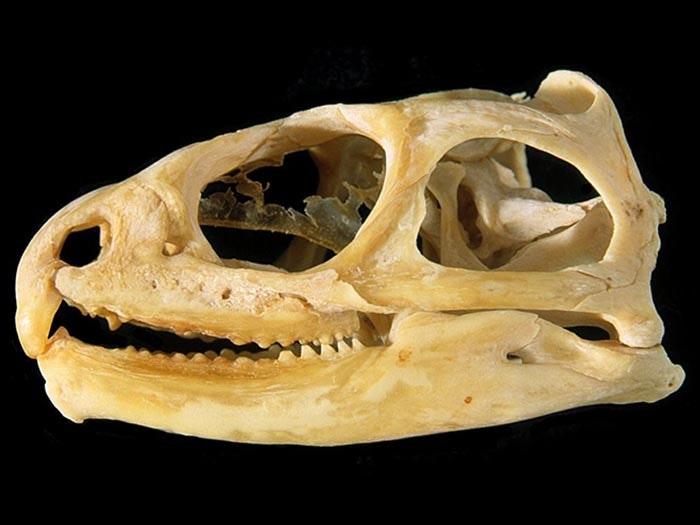
Our collections policy
Learn why and how Te Papa acquires new objects.
Free museum entry for New Zealanders and people living in New Zealand
Open every day 10am-6pm
(except Christmas Day)
Free museum entry for New Zealanders and people living in New Zealand
EAN: 11734337
Frances M. Kell
ABSTRACT: The herbarium known internationally as WELT is the oldest public herbarium in New Zealand, having been established in 1865. For its first 90 years staffing varied between minimal and non-existent. For the first 120 years, storage and working conditions were inadequate and times harmful to the collections. Despite this, the herbarium has amassed an extensive collection of historical and reference material and is an important centre for taxonomic research on the New Zealand flora. The 1997 move into the fourth building it has occupied provides the herbarium with good quality storage facilities for the first time in its existence. For at least the last 70 years, most basic work on the collections has been done by non-permanent staff or volunteers. Although there are now more permanent staff, who are more academically qualified, than ever before, the herbarium remains understaffed relative to its responsibilities and the work still to be done.
Herbarium WELT in New Zealand’s national museum, 1869-1997 (1.93 MB)
Foss Leach, Janet Davidson, Meredith Robertshawe, and Penny Leach
ABSTRACT: The New Zealand Red Cod (Pseydophycis bachus) is a common fish in archaeological bone collections from New Zealand. It is not a true cod (family Gadidae) but a member of the family Moridae. The Maori name is hoka. The species is present in 77 of 126 archaeological sites in which fish remains have been studied, with a strong southern bias in abundance. This paper establishes a method for reconstructing fish size and weight from archaeological bones. Twenty measurements were taken on five of the paired cranial bones of a modern sample of the New Zealand Red Cod (Pseydophycis bachus). Regression analysis was performed on these measurements to estimate total fish length and fish weight. A number of regression models were examined (linear, logarithmic, exponential, and power curve) to work out the optimal estimator for each bone measurement. It was found that total length of this species can be estimated with a standard error of less than 23 mm, and weight to less than ± 194 g. Coefficients are provided for 40 equations linking bone size to fish length and weight, This is followed by an example of how to apply the equations to a small bone collection of red cod from an archaeological site at Raumati Beach near Wellington in order to reconstruct the size frequency of the original fish catch.
The estimation of live fish size from archaeological cranial bones of New Zealand Red Cod Pseydophycis bachus (2.02 MB)

Learn why and how Te Papa acquires new objects.

